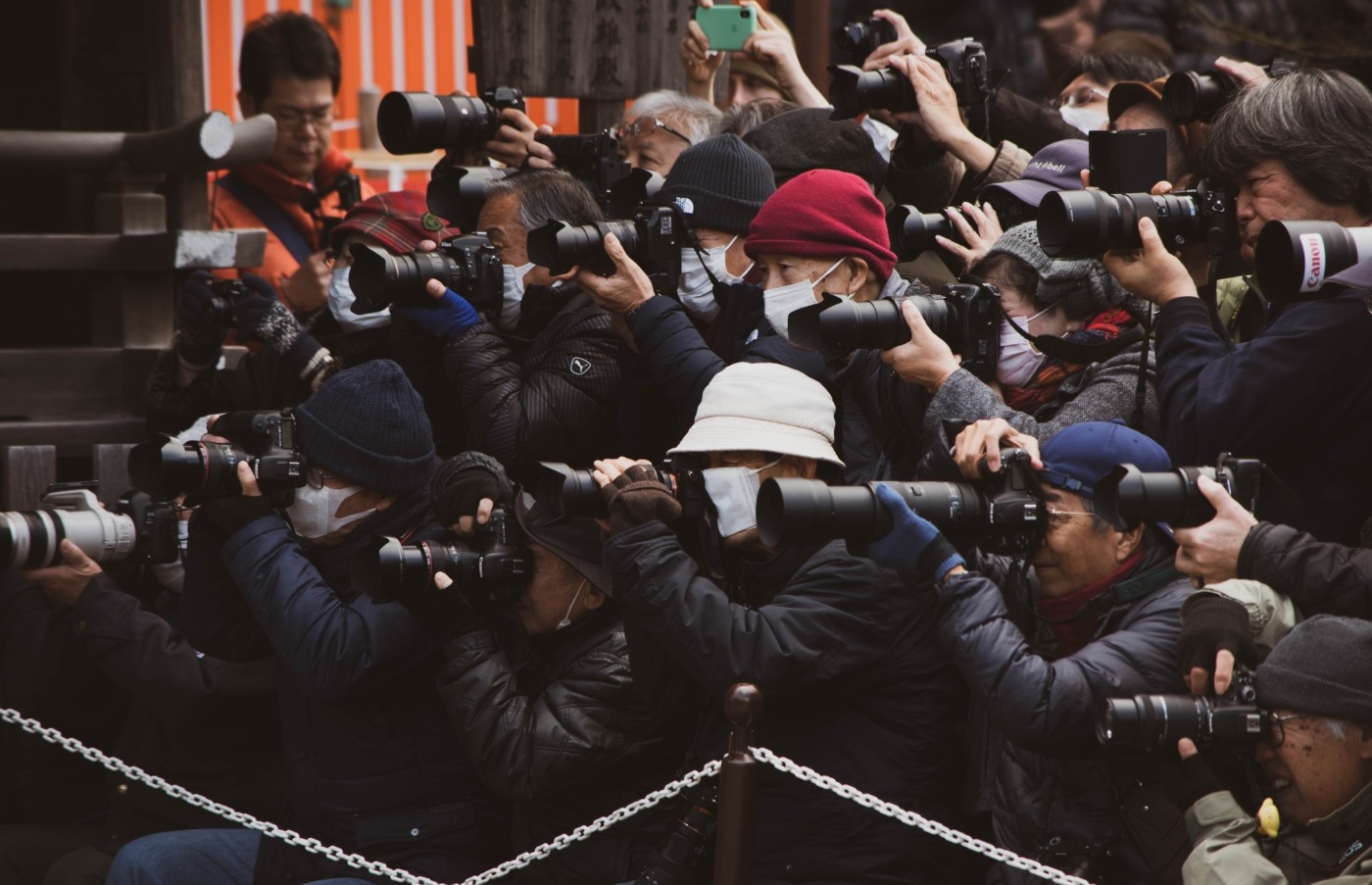The changing face of celebrity
They say that you’re old when you aren’t familiar with popular culture anymore. I mention this because, the other day, I was reading the gossip section of the paper, and the pages were full of influencers and social media stars that I just didn’t know. After the depressing sense of being old passed, it got me thinking about celebrity – how have we reached a place where people who make TikTok videos are somehow major stars? And, if celebrity has evolved so much in my lifetime, how might it have changed over the history of civilisation?
Perhaps the start point of our journey should be to explore the difference between ‘celebrity’ and ‘fame’, or lack of them. The word ‘fame’ derives from the Latin fama – it meant rumour, but could also mean great deeds that would be remembered for millennia. ‘Celebrity’, on the other hand, is derived from celebrate – literally, a celebrity is one who is celebrated. The British historian Greg Jenner successes that celebrities are people with ‘a unique persona made widely known to the public via media coverage’, echoing similar definitions that suggest ‘high visibility’ is what marks the difference.
The earliest celebrities were politicians, performers and athletes known for their accomplishments. Philosophers like Socrates and Plato, and the playwright Aristophanes, were big names in Ancient Greece, and even some medieval saints could be considered celebrities. After his murder in the early 12th century, Thomas Becket became famous – he was promoted by the Church as a martyr, and scenes from his life became widespread. Pilgrimages to Canterbury Cathedral, where he was killed, became fashionable, with the popularity often referred to as ‘mania’.
Another claimant for the first modern celebrity is the French actress Sarah Bernhardt
Fame started to shift in the 1500s and 1600s, as people became interested in actors, playwrights and humanists. As literacy increased and printing became faster, public intellectuals like Byron and Voltaire became well-known figures, popular for who they were as well as what they wrote. This was, in part, controlled by these Romantic figures themselves – their livelihood depended on the value of their reputation. Cultural hot spots in London and Paris became part of the process of generating fame, and newspapers started including gossip columns detailing the lives of celebrities, in the 18th and 19th century.
Who was the first celebrity as we would understand them today? There are two names in the frame. One is Kitty Fisher, a mid-18th century courtesan who fell off her horse and it was revealed she wasn’t wearing any underwear. She exploited the incident – there were snuff boxes produced with pictures of her with no underwear, and watches that used the clockwork to show her doing various pornographic things. Fisher had portraits painted of her by Reynolds, a portrait artist of his day, but he eventually had to keep the paintings because she had so many lovers, he couldn’t keep up with the orders.
Another claimant for the first modern celebrity is the French actress Sarah Bernhardt. Her career coincided with several inventions that she used to promote herself – photography made pictures of her widely available, the penny press trumpeted her every role and offstage activity, and steamship and railway travel let her tour the world. There were very few people in the mid-1800s who hadn’t heard of her or seen her picture.
It strikes me that the Kardashians are the perfect embodiment of celebrity
Over the past 100 years, movies, TV and music have generated a lot of our celebrities. Public fascination with movie stars and their private lives became headline news, and the cinema was where we got the phrase ‘A-list’ – the entertainment journalist James Ulmer designed a methodology to quantify a star’s bankability in the 1980s, and the top of the list were the biggest stars. In the 60s, it was music that brought new celebrities – Elvis Presley was a worldwide name, and John Lennon famously said in 1966 that the Beatles were ‘more popular than Jesus now’.
Nowadays, we still have famous people – Taylor Swift leaps to mine – and it strikes me that the Kardashians are the perfect embodiment of celebrity. But there’s also somewhat of a sense of exhaustion with celebrity, particularly as so many celebrities embody the Andy Warhol idea of ’15 minutes of fame’. TV shows like The X Factor, Love Island and Big Brother (when it was still going) turned out celebrities whose sole criteria for being famous is being famous, and who then had to offer increasingly intimate glimpses of their lives to keep public interest up. We also have such a thing as microcelebrities, such as famous YouTubers – people with substantial fan backing in a specific niche, yet no widespread fame. It feels to me that, at the moment, we have a very sizeable Z-list.
We see a shift from fame as something that happens to something that is an end in itself. A survey from 2010 found that more than teenager of teenagers saw fame as a career choice, something I find a little upsetting, but it does speak to the changing nature of celebrity. Celebrity emerges from new technology, and the technology of the day is social media, some that are accessible to everyone and offer the potential for anyone to have their 15 minutes. It’s hard to see where celebrity will go from here, or indeed where it can, but it always finds a way.

Comments